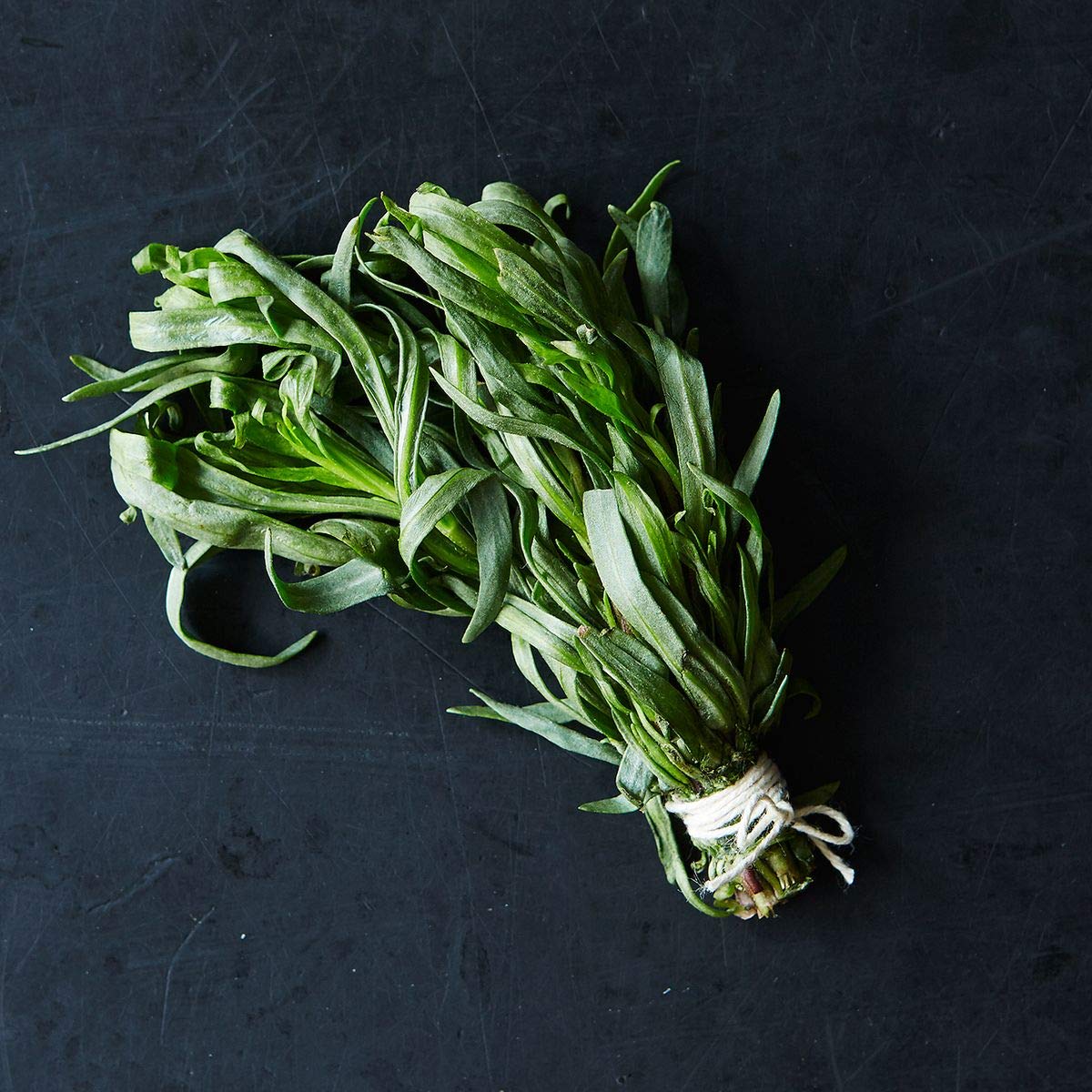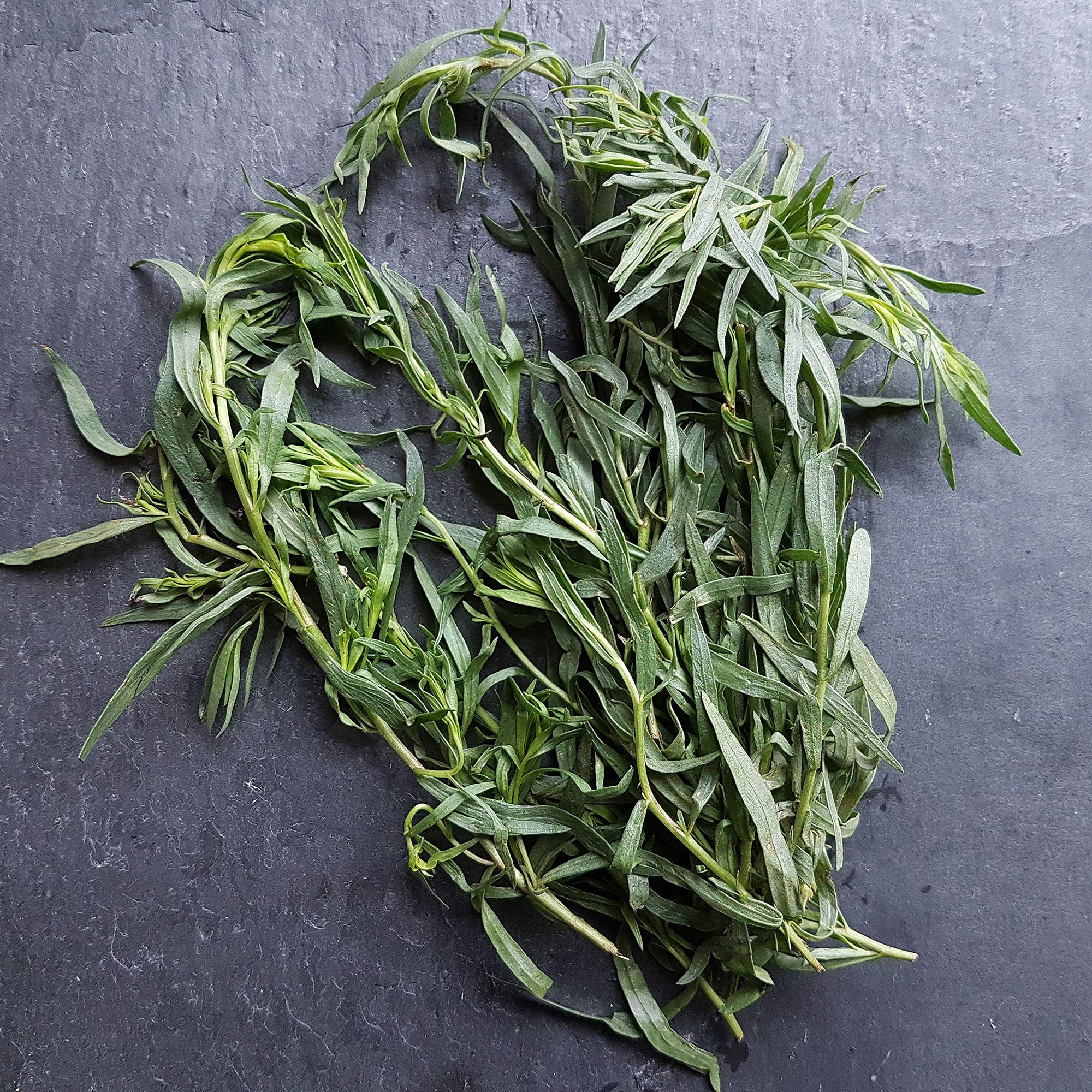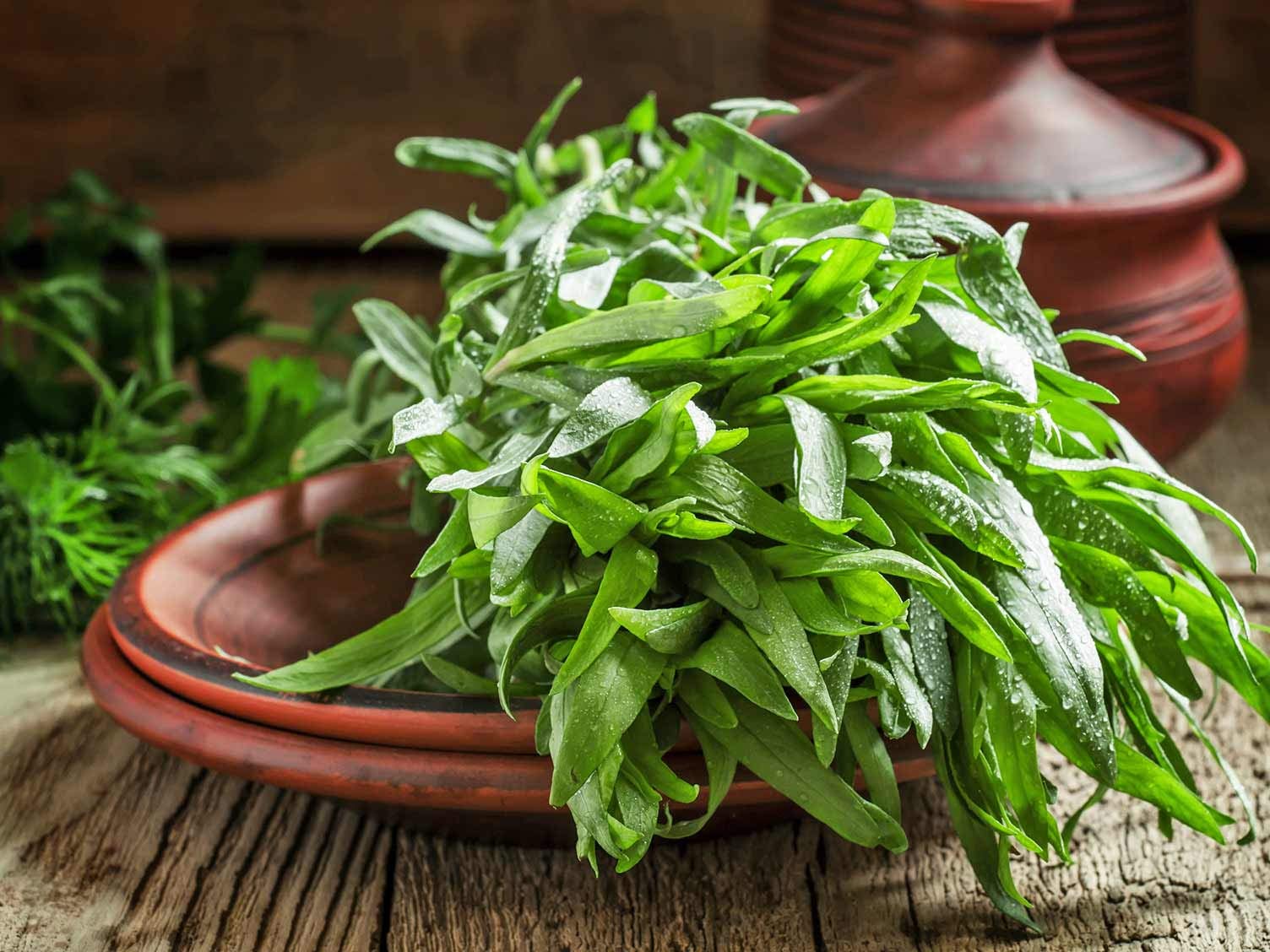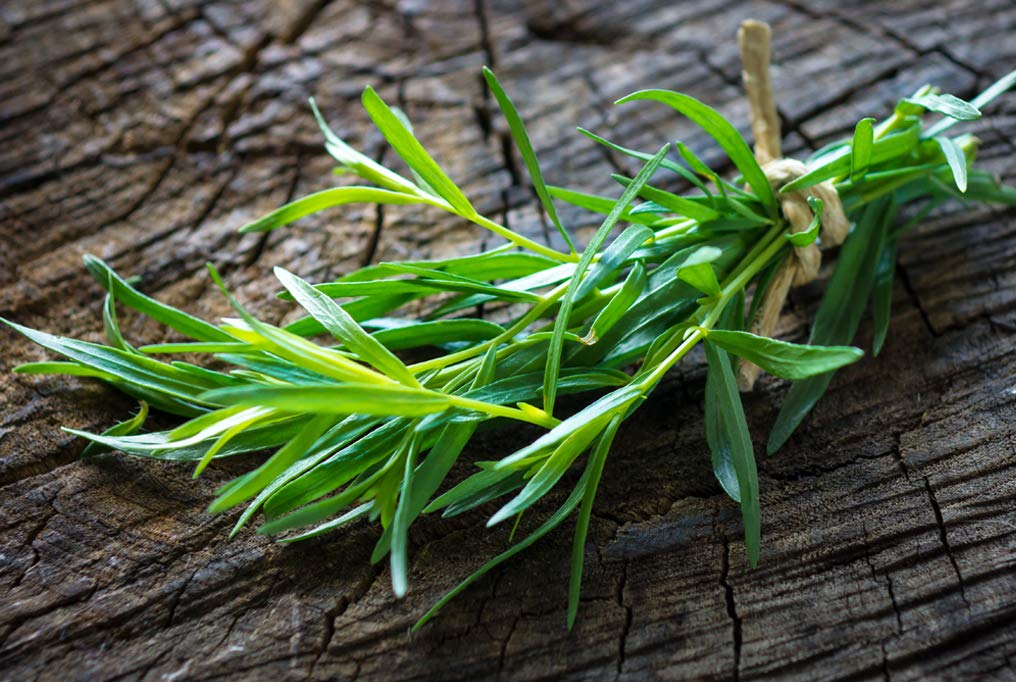Tarragon Seeds - Artemesia drancunculus
- Regular price
- $5.99
- Unit price
- per
-
Artemisia dracunculus - Non-GMO, Open-Pollinated, Heirloom, Untreated
-
Important Cultivar Note: This is Russian Tarragon, the hardy, seed-grown variety of the herb. It has a milder, more subtle anise-licorice flavor than its French counterpart (which can only be grown from cuttings).
-
A very tough and reliable perennial herb that returns faithfully each spring, forming a 2-3 foot tall, shrubby plant.
-
The easiest tarragon to grow from seed, making it accessible to all gardeners.
-
Thrives in full sun and demands well-drained, sandy, or even poor soil. It strongly dislikes wet, heavy clay.
-
Drought-tolerant once established, making it a perfect low-maintenance, "plant-it-and-forget-it" choice for herb gardens.
-
Produces slender, aromatic, grey-green leaves that are best used fresh in vinaigrettes, salads, and with chicken or fish dishes.
-
Harvesting frequently encourages the plant to become bushier and more productive.
USDA Hardiness Zones
USDA Hardiness Zones

Planting Tips
Planting Tips





